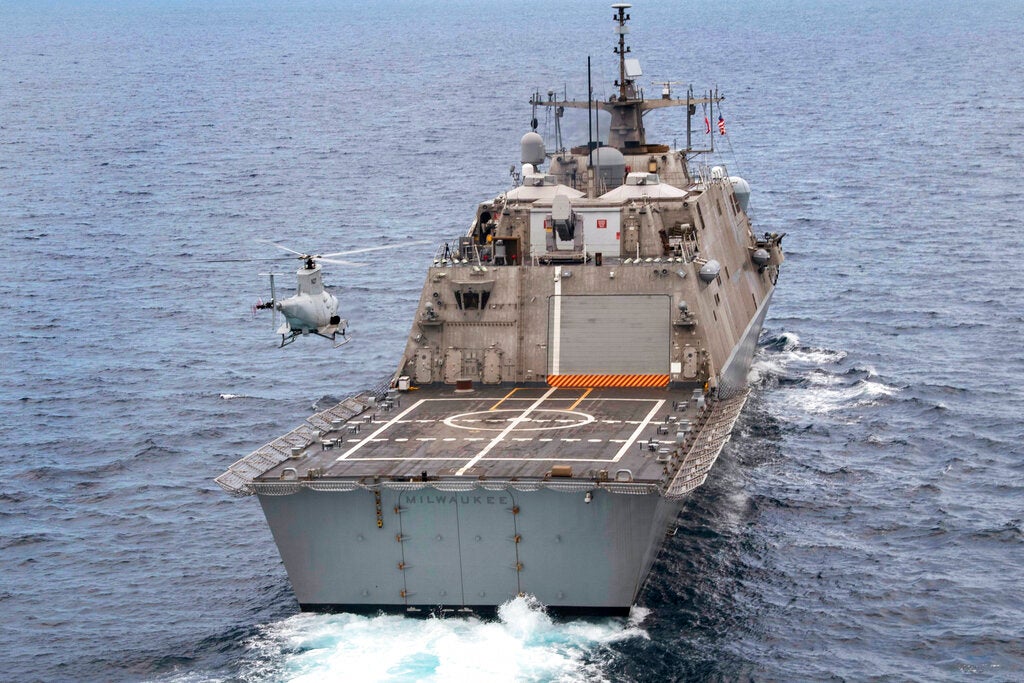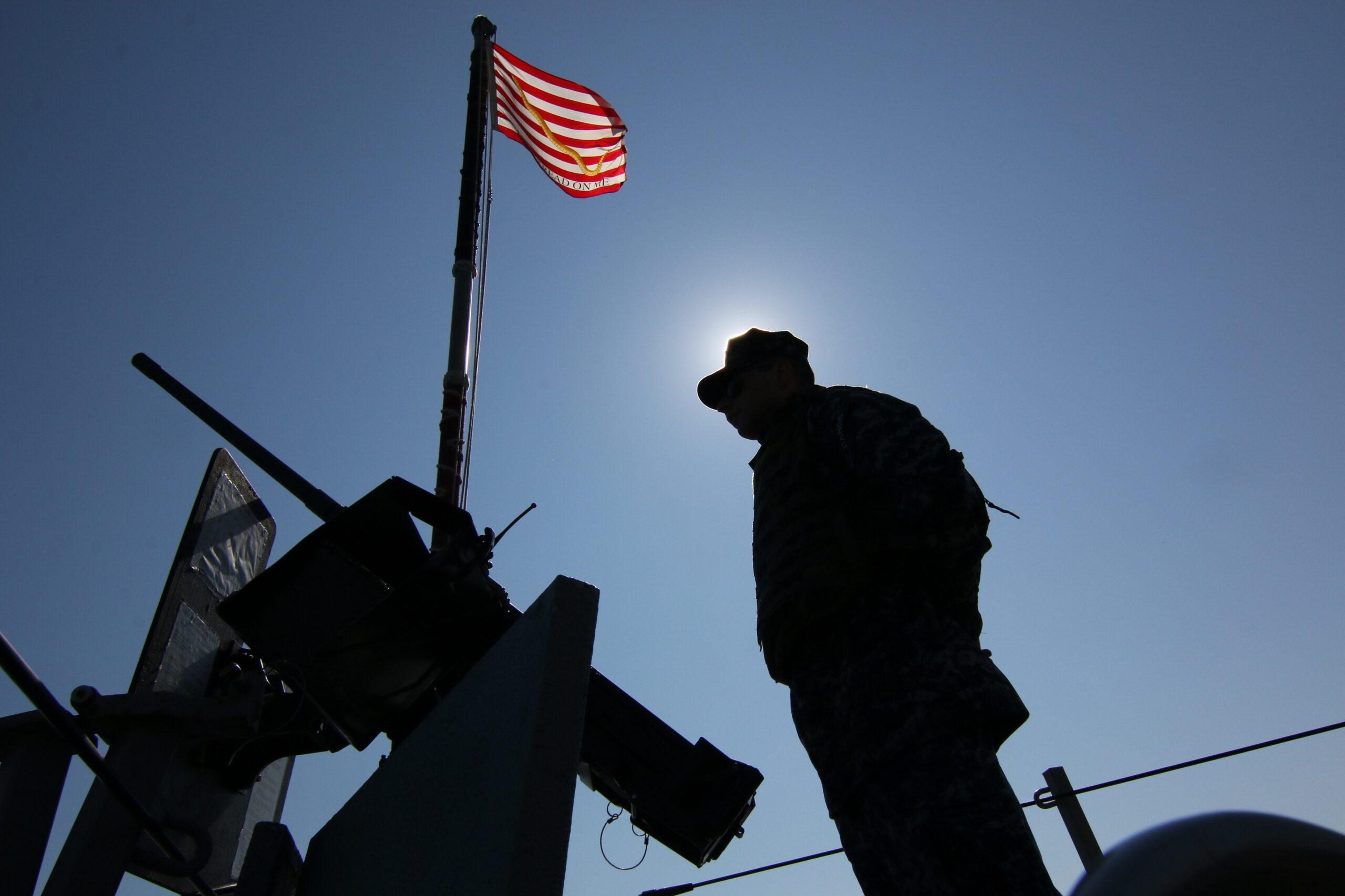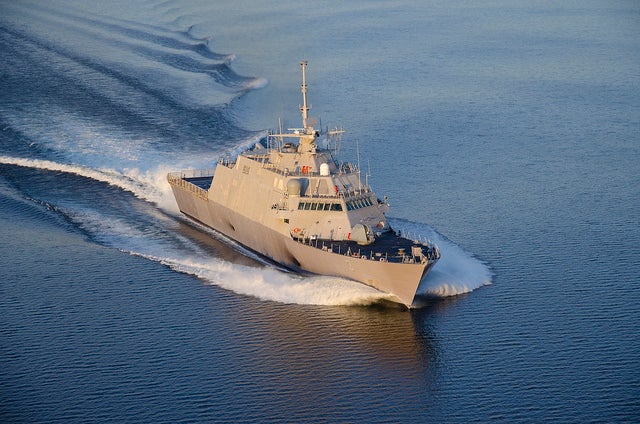When the U.S. Navy formally decommissioned the USS Milwaukee in September, the juncture marked the end of an eight-year journey plagued by problems nearly from its start in Wisconsin.
The Navy encountered numerous mechanical flaws with the USS Milwaukee and other vessels of its class known as littoral combat ships. The ships were designed to hunt mines, submarines and other ships. A shipyard in Marinette received contracts in the early 2000s to build the USS Milwaukee and others.
But as reporter Joaquin Sapien found in a ProPublica investigation, the ships became a fiasco. In a recent interview with Wisconsin Public Radio’s “The Morning Show,” Sapien discussed how Wisconsin became linked with the story of ships that cost billions of dollars and are now being retired.
News with a little more humanity
WPR’s “Wisconsin Today” newsletter keeps you connected to the state you love without feeling overwhelmed. No paywall. No agenda. No corporate filter.
This interview has been edited for brevity and clarity.
Kate Archer Kent: In the early 2000s, the Navy contracts with American shipyards to build combat ships. One is in Alabama, another in Marinette, Wisconsin. What problems does the Navy experience with these ships, particularly the ones built here in Wisconsin?
Joaquin Sapien: There’s a part called the “combining gear” that the Navy had a lot of difficulty with in trying to get the ship to reach its top speeds. It would frequently break down.
The original idea was that the ship was going to be modular in nature and could switch weapons packages depending on the mission. It was supposed to be able to do mine warfare — hunt and detect underwater mines. It was supposed to be able to fight against submarines, and it was supposed to be able to do anti-surface warfare against other warships. Unfortunately, two of those three weapon systems never came to fruition. One of them, the mine warfare (component), is still under development. And the anti-submarine warfare (component), the Navy just gave up altogether. Now they’re just single mission ships.
KAK: You wrote about the USS Milwaukee: “Its worst enemy would be its own engine.” Scores of sailors expressed frustration because they spent more time fixing the ships than sailing them. When ships spend long periods docked for repairs, how does that affect the careers of the personnel assigned to them?
JS: Originally, the Navy had sold these ships as being the future of the Navy and made it seem really exciting for sailors and officers to serve on them, in part because the crew sizes were so small and the deployment schedules were supposed to be very aggressive. So the idea was that they were going to give the people on board opportunities that they wouldn’t have otherwise.
Unfortunately, the ships were broken down so often that the sailors and officers spent more time trying to fix them than they did taking them to sea. That’s a real problem if you’re a young surface warfare officer looking to climb the ranks, because you need those hours at sea in order to gain necessary experience for promotions. A number of the officers and sailors that I spoke to said that their careers really suffered as a result of having been assigned to this particular ship, because they weren’t able to take them out to sea.
KAK: Why was funding continued while these reports of engine and system failures kept piling up?
JS: We learned that even when a program of this scale has really serious problems, once they’re sort of started they can be very, very difficult to stop. These shipyards that produce these ships, as well as the places that produce parts for the ships, provide jobs and lawmakers that represent those districts fight really hard to keep those jobs in place. Delegations in both Alabama and Wisconsin wanted to make sure that the program stayed alive and that the Navy kept producing these ships even when they had serious problems.
The other part is that within the Navy itself and within the Pentagon, there were very dogged champions that believed in this program in spite of its flaws. People wind up staking their careers on these particular ships, and so they will fight against great odds to make sure that the program continues. … At one point, the Navy decided it only wanted 32 of these ships, down from the original of more than 50. But they still wound up with 35, because Congress essentially forced them to build three more.
KAK: In 2017, U.S. Sen. Tammy Baldwin wrote a letter to then President Donald Trump suggesting they could work together to get more littoral combat ships built. What was the result of Baldwin’s advocacy?
JS: At that time, the Navy was looking to slow down the program significantly. … In 2017, they submitted in the budget a request for only one littoral combat ship. And Senator Baldwin wrote to President Trump… He ultimately made a decision that really shocked the defense community to add one more ship to the budget at a pretty late stage after it had already been sent to Congress.
Sen. Baldwin said she was very proud to represent the shipyard. And she said that she believed strongly that this ship was going to help the Navy meet its needs, and so it was her obligation to advocate for it.
Wisconsin Public Radio, © Copyright 2026, Board of Regents of the University of Wisconsin System and Wisconsin Educational Communications Board.


